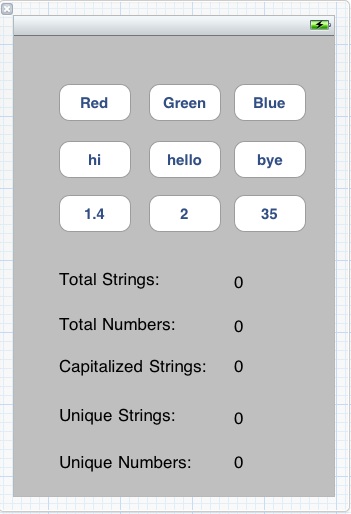Design of Portable Multimedia Devices
– “iPad application” modification
Fall 2011
Kyoung Shin Park
September 29, 2011
Group term project assignment – “iPad restaurant menu order application” Modification (10 points)
The goal of this group term project assignment is to experiment with the possibilities in iPad restaurant menu order application modification, and to understand the process of designing application functions, as separate from creating the application “assets” or technology.
Your modified iPad application scenario is expected to be completed, and it should be in some way dedicated to new and engaging.
First, your application modification will be built on one of the known applications you surveyed (e.g. iPad Menus, MeuPad, iMenu, SmartCellar, etc) or traditional restaurant menu order system to be modified so that it benefits from iPad mobile service.
Summit the report (3~5 page) & present the modification in class on Oct 6th, 2011.
Requirements:
-New results must be devised – they can be completely new, or substantial changes to the existing application functions.
-The modification must make use of iPad “assets”.
-Not all the existing application’s parts need to be used.
-Slight introduction of new materials (e.g. more items, different items).
-The functions must be clear and complete, so that a stranger will be able to take them as is and use your new application (include the target audience, number of players, and an estimate of the playing time)
-Notes on the application focus, development and testing – any issues that were revealed during testing; in particular, think about “is the application easy to use?”

